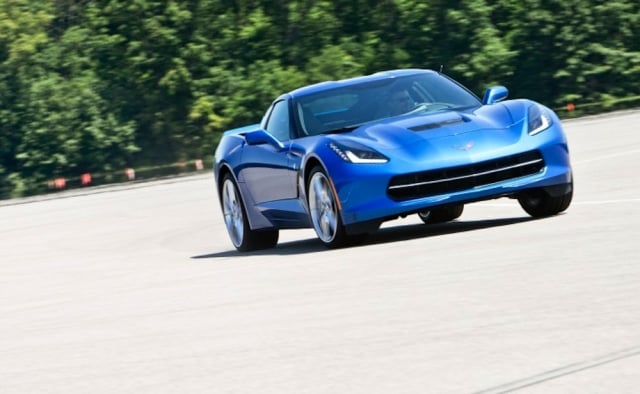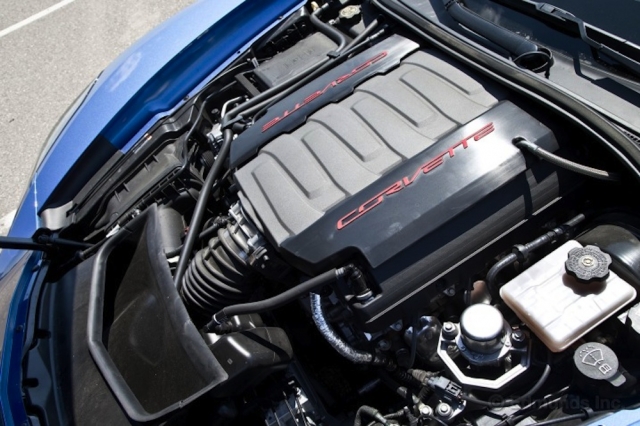 Edmunds.com has done all of us a great service by test driving some of the market’s best in terms of cars, trucks and pretty much anything else that can be technically called a motor vehicle. They’ve also tested some of the supercar market’s best, and this goes for the American stuff as much as it does their international competitors.
Edmunds.com has done all of us a great service by test driving some of the market’s best in terms of cars, trucks and pretty much anything else that can be technically called a motor vehicle. They’ve also tested some of the supercar market’s best, and this goes for the American stuff as much as it does their international competitors.
As you already know, Corvette really is our favorite sports car, and for that simple reason, we try to hold our nation’s flagship vehicle up to an even higher standard, one that is worthy of the auto performance market on a scale that is more global now than ever.
 One of the most recent supercar creations to come from across the Pacific was Nissan’s flagship GT-R, a piece of Japanese auto engineering that’s proven to be as heavy and temperamental as it is fast. But what is “fast?” Everyone forms an opinion and everyone has a story behind why they deem a certain car or truck to be “fast,” but how do the numbers themselves add-up when it comes to one of our industry’s most profound cross-comparisons: GM’s new C7 Stingray and the twin-turbo GT-R that, just a few years back, put Nissan on the supercar map?
One of the most recent supercar creations to come from across the Pacific was Nissan’s flagship GT-R, a piece of Japanese auto engineering that’s proven to be as heavy and temperamental as it is fast. But what is “fast?” Everyone forms an opinion and everyone has a story behind why they deem a certain car or truck to be “fast,” but how do the numbers themselves add-up when it comes to one of our industry’s most profound cross-comparisons: GM’s new C7 Stingray and the twin-turbo GT-R that, just a few years back, put Nissan on the supercar map?
Nissan's twin-turbocharged GT-R is one of the most remarkable flagships to come out of Japan, but it's substantially heavier, more expensive and far more touchy than the Z51 Stingray for 2014.
With its more than 3,800-pound curb weight and twin-blown, 545 horsepower 3.8-liter mill, Nissan’s ’13 GT-R has had the benefit of five model year’s worth of development, picking up more power, improved durability, and a steeper price tag along the way. However, there are some glitches that Mike Monticello was able to find within the Nissan super sled.
Among the Nissan’s biggest drawbacks are its whale-like weight and pain-in-the-ass traction control, an electronic system that at times just decides that it’s going to “magically” bomb out of nowhere. Monticello was able to observe that the 545-horse Nissan grabbed on to some massive engine speed and booked when working properly, but again this was only when “working properly.”
GM's new Stingray for 2014 is significantly lower in price than Nissan's GT-R, plus significantly lighter in weight. Not only this, but it delivers a way cooler sound when you hit the throttle!
So is the GT-R a smart buy for the performance car enthusiast who’s looking to buy a Ferrari killer for the streets? If you’re a Project JDM fan or just like Japanese muscle overall, and spending nearly $100 grand on a Nissan is your thing, then okay. But dollar-for-dollar is it the absolute “best” plan of action? The answer to that, as we’ve learned from Edmunds, is probably not!






















